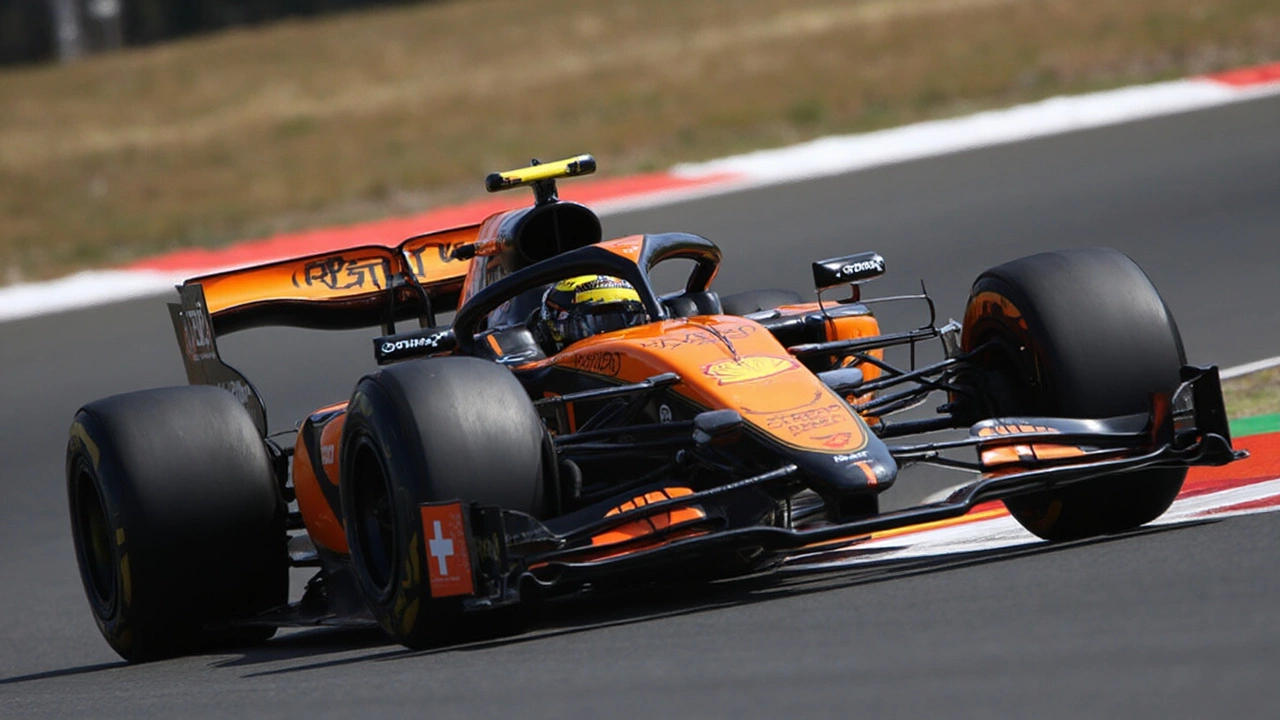FP1 Results – Quick Look at First Practice Timings
First practice, or FP1, is the opening session of a race weekend and it gives fans a first taste of how fast the cars are around the circuit. You’ll see who’s on a good pace, which teams are still sorting out the setup, and whether the track conditions are helping or hurting lap times. Below we break down what the latest FP1 numbers mean for the upcoming race, so you can follow the story without getting lost in technical jargon.
Why FP1 Matters
Even though it’s only a 45‑minute window, FP1 sets the tone. A driver who tops the timing sheet usually shows confidence and a strong car‑setup, but it’s not a guarantee of race success. Teams use this time to test tyre pressures, fuel loads, and aerodynamic tweaks. If a rookie makes a surprise fast lap, it could signal a breakthrough, while a seasoned champion stuck in the midfield might indicate a bigger issue. Watching the gaps between the top ten also tells you how close the competition is – a spread of half a second suggests a tight fight, while a two‑second spread hints at a dominant leader.
How to Read the FP1 Times
When you open the timing sheet, focus on three things: the outright fastest lap, the consistency of the top drivers, and the sector times. The fastest lap shows who’s got the raw speed, but look at the next few laps – a driver who repeats sub‑1:20 laps is usually more reliable than someone who set one perfect lap and then fell back. Sector times break the circuit into three parts; a strong sector can reveal where a car is gaining an advantage, like a better brake balance in a tight corner. Compare each driver’s best sector to the overall leader to spot where they can improve.
Another useful tip is to check the tyre compounds used. In many series, teams run the softest tyres in FP1 to extract the quickest time. If a driver’s fast lap comes on a harder compound, they might have extra speed left for later sessions. Keep an eye on weather updates too – a sudden drizzle can wipe out the early leaderboard and give wet‑time specialists a chance to shine.
Finally, don’t forget the impact of track evolution. As more cars lay down rubber, the grip improves and lap times drop. A driver who’s near the top in the first ten minutes may look slower later simply because the track got faster for everyone. This is why teams often send a driver out at the very end of FP1 to capture the ultimate lap. If you see a late‑session surge, that driver is likely to be a strong contender for qualifying.
In short, FP1 results give you a snapshot of the weekend’s pace, but the real story emerges as teams tweak setups and conditions change. By watching the fastest lap, consistency, sector strengths, tyre choices, and track evolution, you’ll have a clear picture of who’s headed for the front row and who might still have work to do. Stay tuned to our FP1 updates every race weekend – we’ll keep it simple, fast, and packed with the info you need to stay ahead of the pack.




